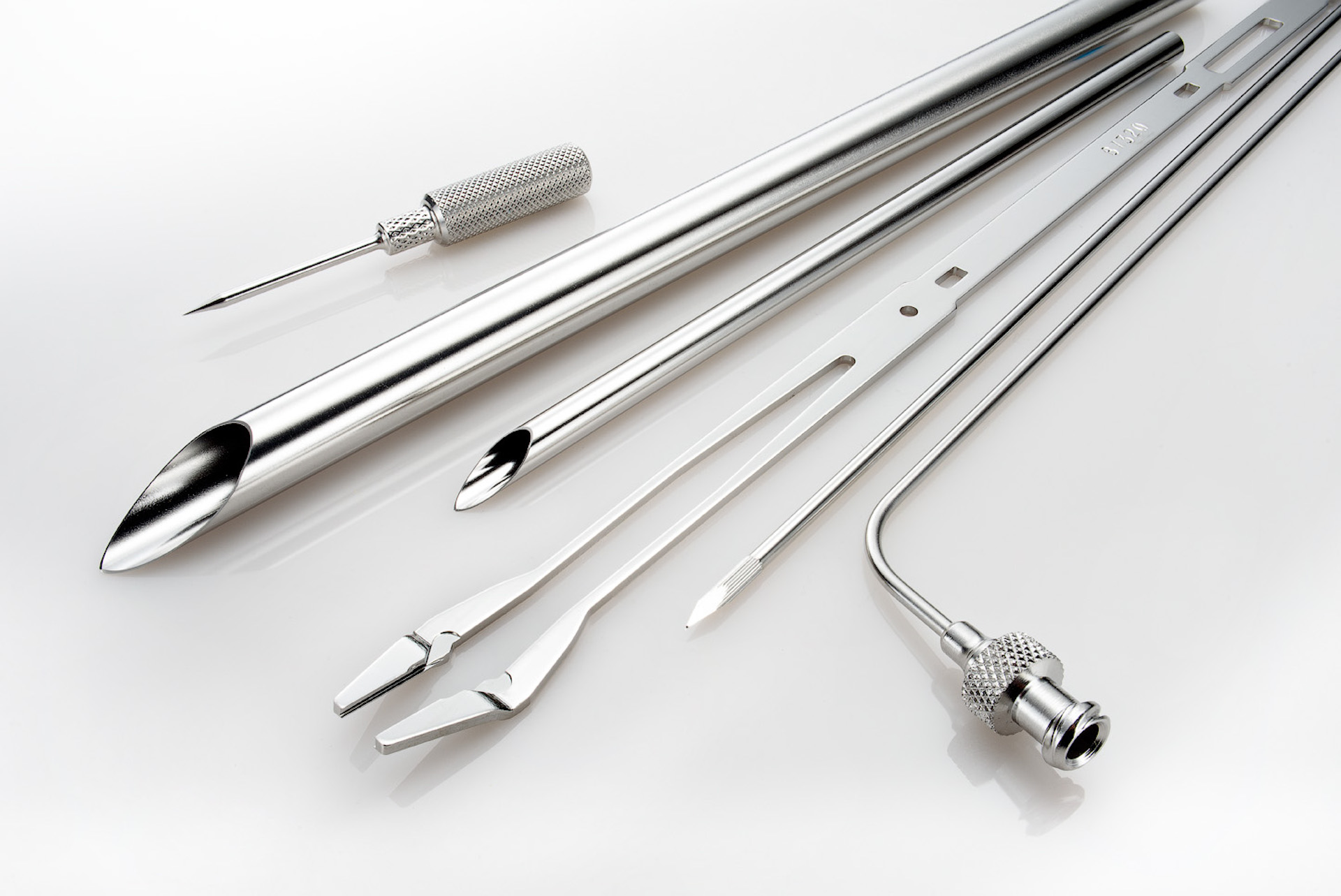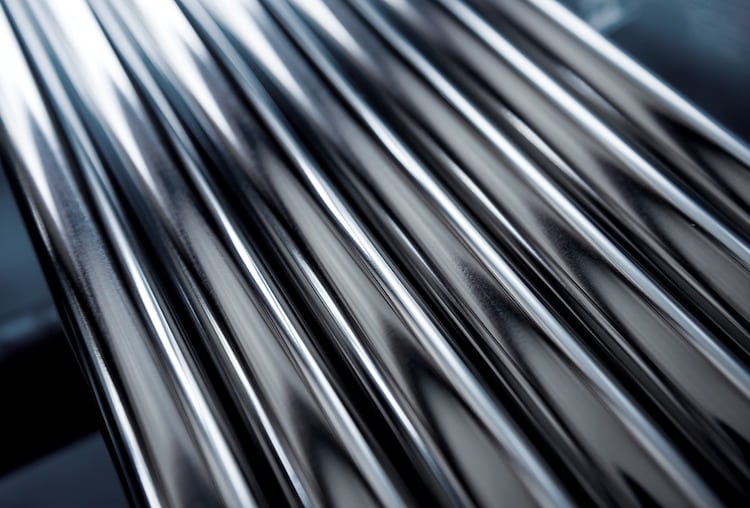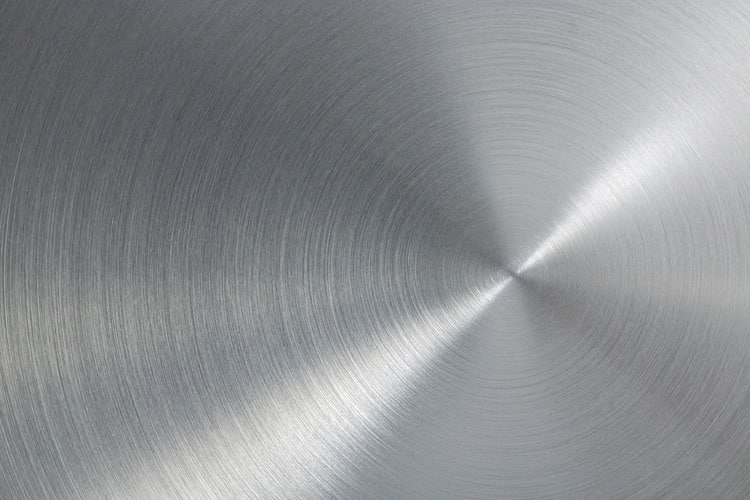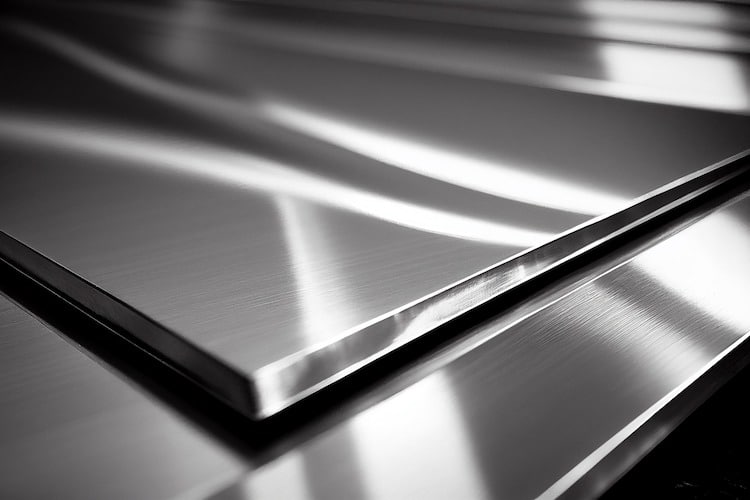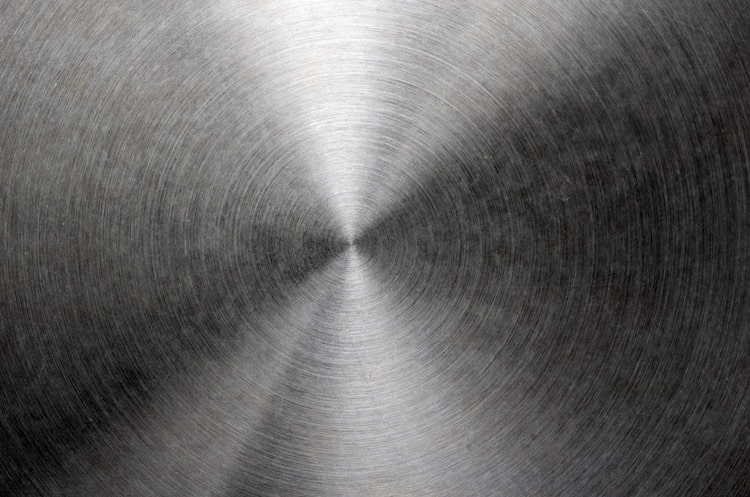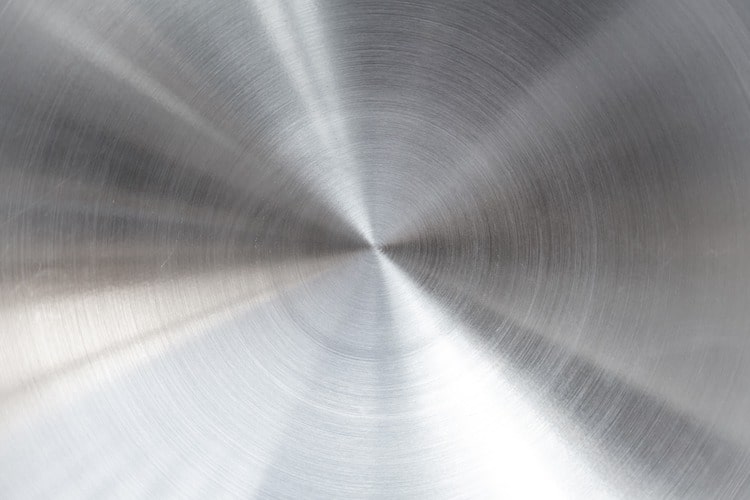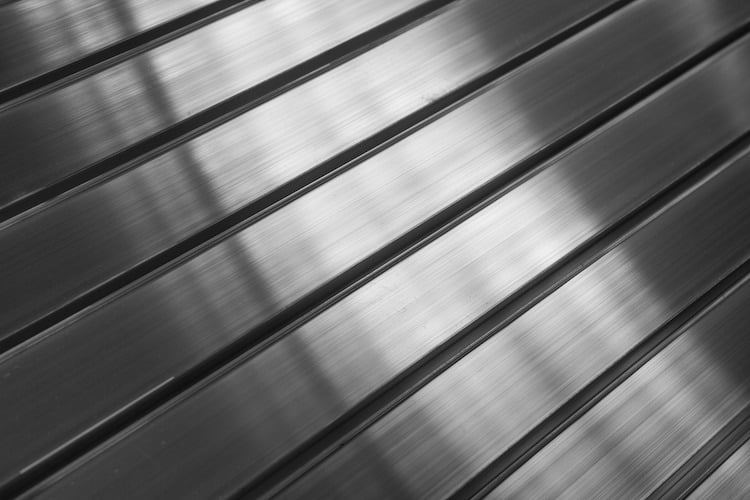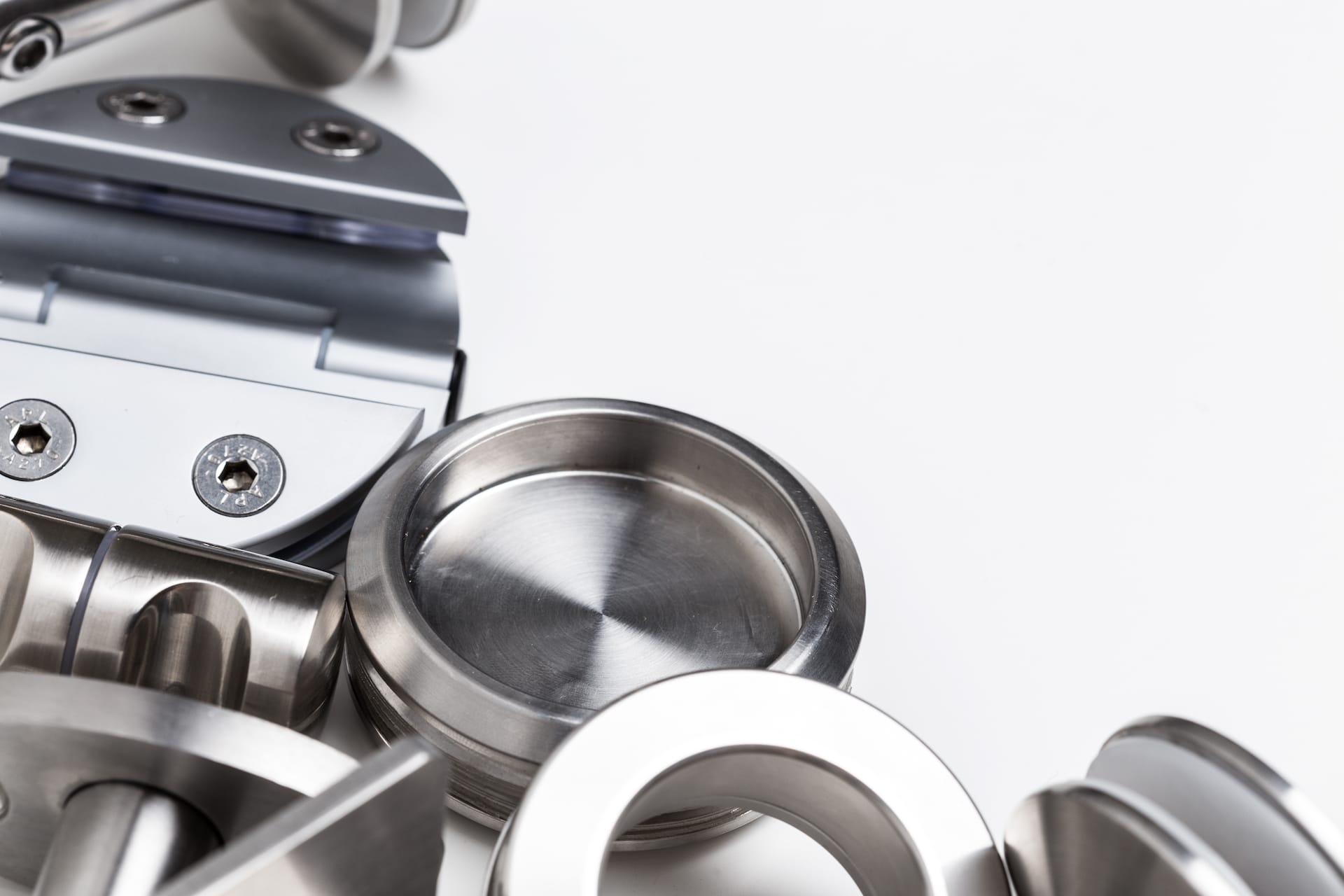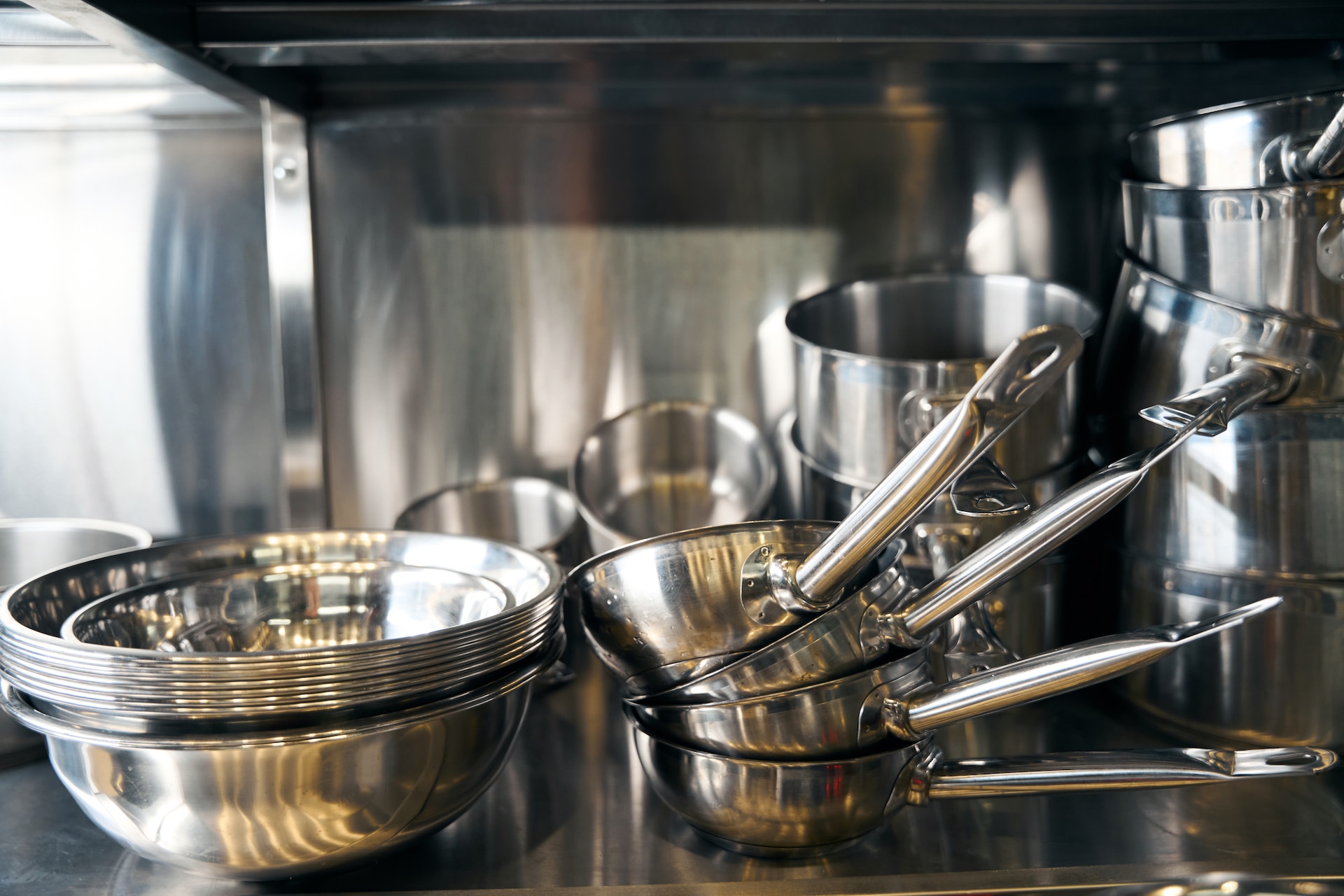Understanding 316 Grade Stainless Steel
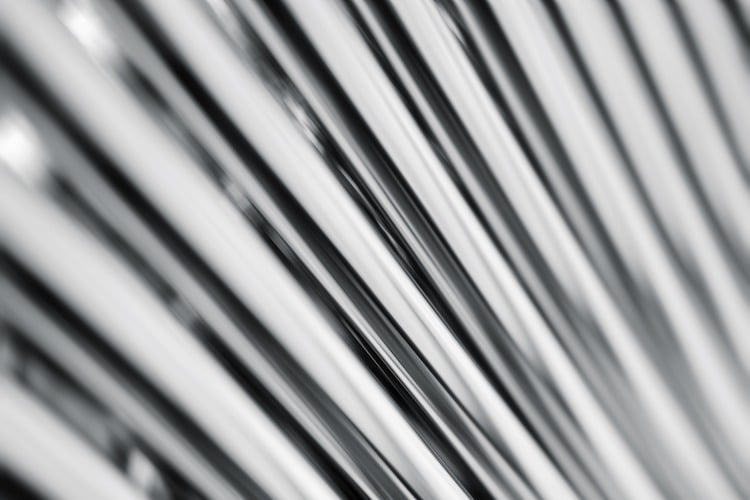
What is 316 Grade Stainless Steel?
316 stainless steel is part of the austenitic family, known for its high levels of chromium (16-18%), nickel (10-14%), and the added presence of molybdenum (2-3%). This molybdenum addition is what gives 316 grade stainless steel its superior resistance to chlorides (such as salt) and aggressive chemicals, making it more resistant to pitting and crevice corrosion than 304 grade stainless steel.
There are variants of 316 grade as well:
- 316L: A low-carbon version of 316 that is more resistant to sensitization (grain boundary carbide precipitation) and preferred for welding in corrosive environments.
- 316H: A high-carbon version used in high-temperature applications due to its increased strength at elevated temperatures.
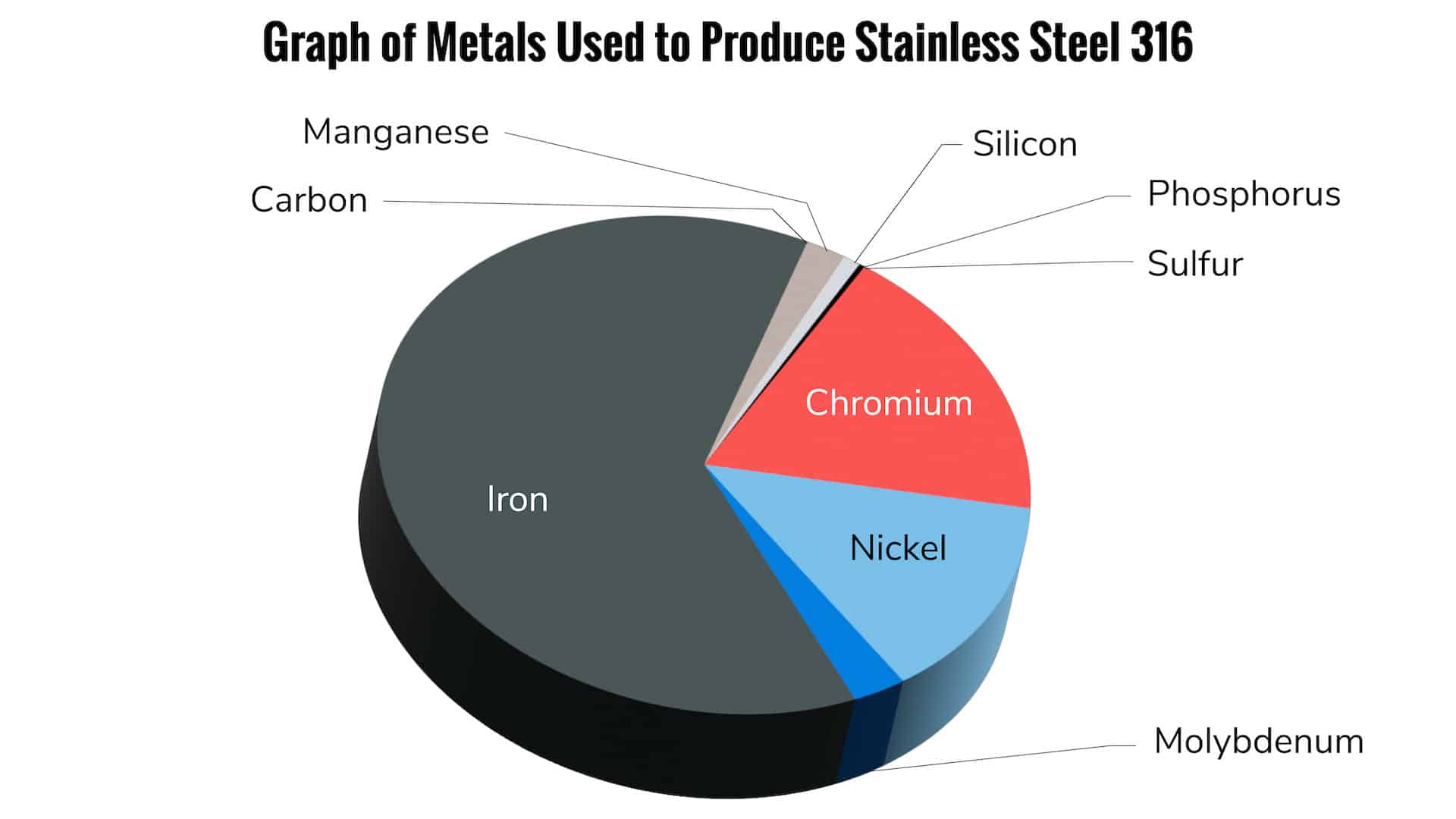
History of 316 Stainless Steel
The development of stainless steel in the early 20th century involved adding various elements to enhance its corrosion resistance and strength. While 304 stainless steel became widely used for general purposes, the need for a material that could withstand harsher environments led to the development of 316 grade. The introduction of molybdenum into the alloy mix greatly increased its resistance to chlorides, making it a popular choice for marine and industrial applications.
Advantages of 316 Grade Stainless Steel
- Superior Corrosion Resistance: The addition of molybdenum provides 316 stainless steel with greater resistance to pitting and crevice corrosion, especially in chloride-rich environments like saltwater. This makes it ideal for marine and coastal projects.
- Excellent Durability: 316 is highly durable, with the ability to withstand extreme weather conditions, aggressive chemicals, and even acidic environments.
- High Temperature Resistance: 316 grade maintains its strength and resistance to oxidation at higher temperatures compared to many other grades.
- Hygienic and Easy to Clean: Like other stainless steels, 316’s smooth surface is easy to clean and maintain, which makes it a preferred material in industries where hygiene is critical.
- Versatility: It is suitable for welding, forming, and machining, giving engineers and manufacturers flexibility in how it can be used in different projects.
Disadvantages of 316 Grade Stainless Steel
- Cost: One of the primary disadvantages of 316 stainless steel is its cost. The added molybdenum makes it more expensive than other grades like 304, and this cost can be a limiting factor for projects with tighter budgets.
- Work Hardening: When cold worked, 316 stainless steel tends to harden, which can sometimes be a disadvantage in applications where flexibility and formability are critical.
- Not Completely Immune to All Environments: While highly resistant to corrosion, 316 stainless steel is not impervious to all conditions. In some cases, it may still be susceptible to stress corrosion cracking in chloride environments under high temperatures.
Common Applications of 316 Grade Stainless Steel
Thanks to its robust properties, 316 stainless steel is used in a wide variety of demanding applications, including:
- Marine Environments: Due to its high resistance to saltwater corrosion, 316 is widely used for boat fittings, dock hardware, and other marine-related equipment.
- Chemical and Petrochemical Industries: In environments exposed to harsh chemicals, acids, or high temperatures, 316 stainless steel is used for tanks, pipes, and reactors.
- Food and Beverage Processing: Its ease of cleaning and resistance to corrosive elements like salt and acidic foods make 316 stainless steel ideal for food processing equipment, brewing facilities, and dairy production.
- Pharmaceutical and Medical Devices: 316L is used for surgical instruments, medical implants, and pharmaceutical equipment where corrosion resistance and sterilization are essential.
- Industrial Applications: From heat exchangers and furnace parts to pulp and paper manufacturing equipment, 316 is the go-to material for many industrial settings that require longevity and resistance to corrosion.
- Architecture: In coastal cities or industrial areas where air pollutants may cause corrosion, 316 is preferred for architectural structures such as bridges, handrails, and building facades.
Conclusion
316 grade stainless steel is a highly versatile and durable material designed for use in harsh, corrosive environments. Its molybdenum-enhanced corrosion resistance makes it superior to many other grades, especially in marine, industrial, and chemical applications. While it comes at a higher cost than alternatives like 304, the performance benefits often justify the investment.
With applications ranging from the marine and food processing industries to medical equipment and high-temperature environments, 316 stainless steel remains a reliable choice where strength and resistance to corrosive elements are crucial.
